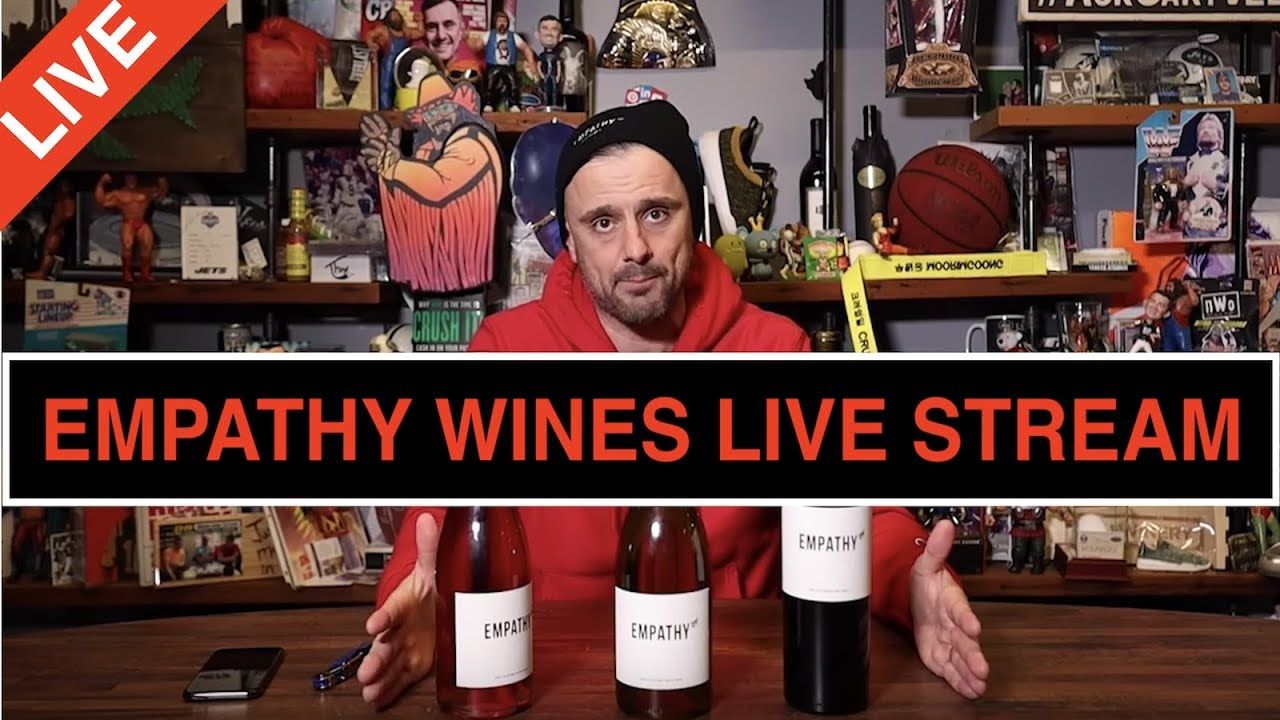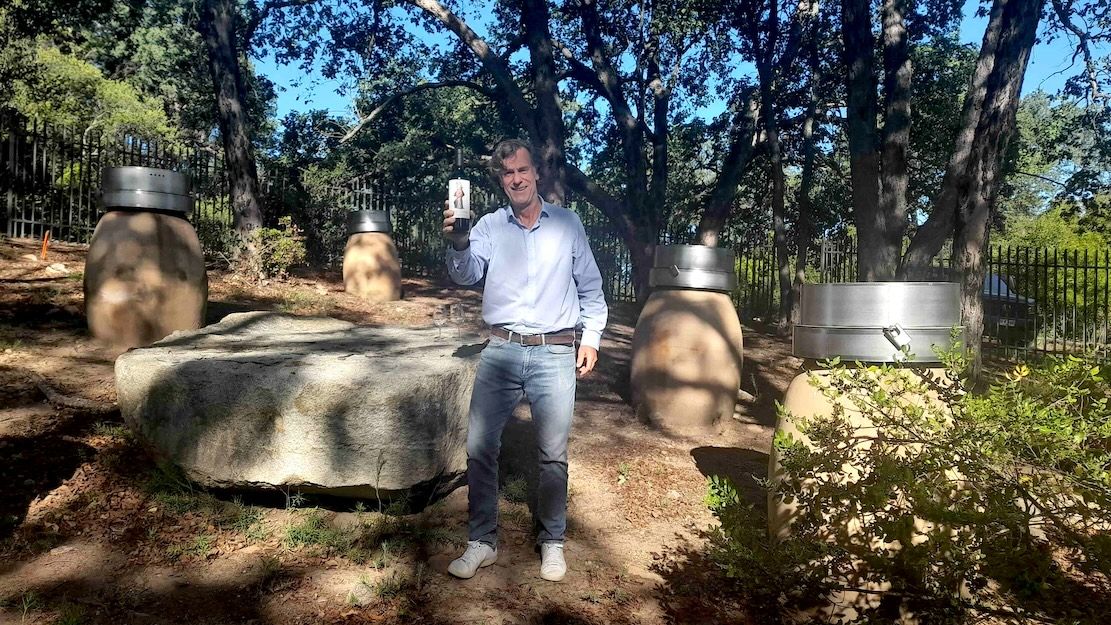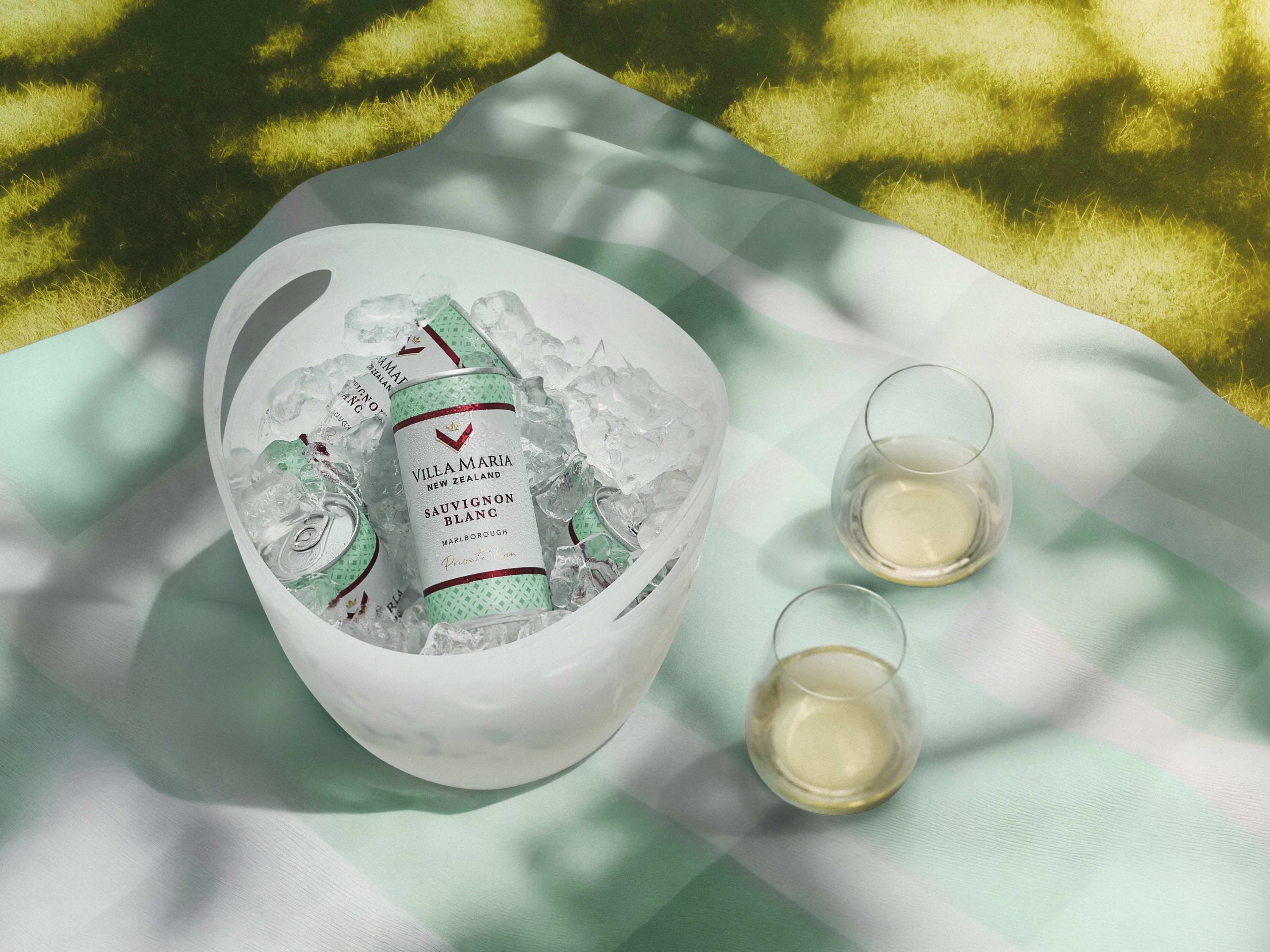As if high street retailers were not having a hard enough time of it trying to compete with online players, more and more of the brands they are used to selling are now looking to cut them out and go direct to consumer.
If you look through the most coveted and important jobs in the mainstream, commercial, what you might call belt and braces drinks industry, then national account managers are right up there on the pecking order.
Those responsible for managing, predicting and coping with every possible need, whim, concern, or opportunity there might be working with a major national customer. Be it a supermarket chain, a discounter, national distributor, wholesaler, hotel and restaurant group. They are the equivalents of royalty in the mass market wine industry who have to be treated as such.
But will that be the case in five or 10 years time? Yes, there will still be a need for national account managers, but will the currently all powerful national chains and groups be as important to us all down the line?
Not if the current momentum towards selling direct to consumer continues at the pace it is and meets just some of the expectations of the industry’s pundits and forecasters.

The Harrys direct to consumer razor brand has disrupted the traditional market by following so called digitally native brand tactics
Now there is a lot spoken, and written about the direct to consumer market. Or DTC as it prefers to be called. Some of the hype is well justified. Some of it not. But one thing is certain the model of cutting out the traditional wholesale and retail channels is transforming the world we live in. It just depends on what market you in to what extent.
What consumers want
The consumer wants and likes being sold to direct. Shoppers are actively seeking out and responding to brands that allow them just to click and buy and get the products they most engage with online.
The smartphone has long given them the power to make their own decisions, to discover brands and services that most appeal to them and if means cutting out all the margins and costs involved in the traditional retail chain then all the better. It also connects directly with their desire to buy products and brands that they believe in and want to support.
Now the DTC market is some parts of the wine industry is already the dominant player. Like buying direct from wineries in California. The Silicon Valley Bank claims in its 2019 wine industry report that DTC sales make up 61% of the revenue of the average family Californian winery. Be it through their tasting room (42% of sales) and wine club (36%).
If US legislation to allow state to state DTC sales finally goes though then the opportunities in the US are enormous. Both for wineries, brand owners and retailers. The ramifications of which can only add fuel to the fire of DTC wine sales in other mature wine markets around the world, particularly in Europe.
You also only have to look at the growth trends in the overall US wine market. While the mainstream retail channels still dominate the majority of sales, it’s not where the future growth is coming from. That’s all about online and DTC.
Take the latest scanning data from Nielsen. It shows that in June total off-trade still and sparkling sales increased by 1% to $808m, and for the year it was also only 1% growth to $11.3 billion. On-trade sales data from Nielsen CGA for the year also showed just a 1% increase.
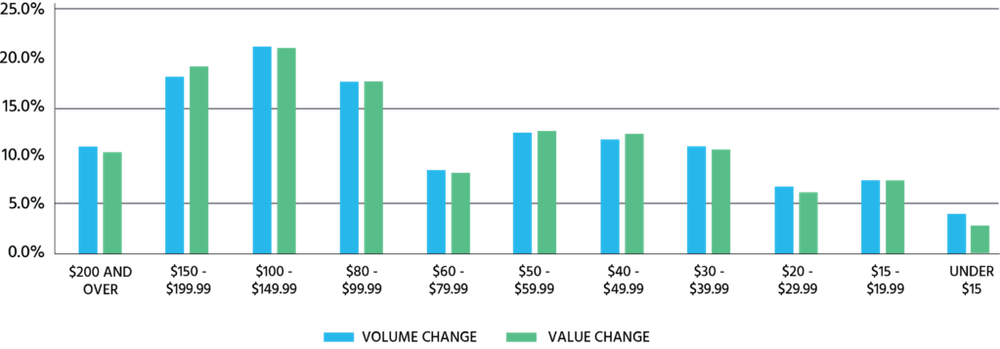
But if we look at the DTC market (using Wines Vines Analytics/ShipCompliant data) then the total market for DTC wines sales in the US was $3bn in 2018, up from $2.69 in 2017. Which equates to about 10% of all US wine sales. In 2018, the volume of DTC increased by 9% to 6.3 million cases, and the average price per bottle increased to $39.70.
It’s also at the top end where wines are selling. Wines priced $100 and above saw volume shipped increase by 18% in 2018 over 2017, but wines priced below $30 per bottle only increased by 6%.
The Vaynerchuk effect
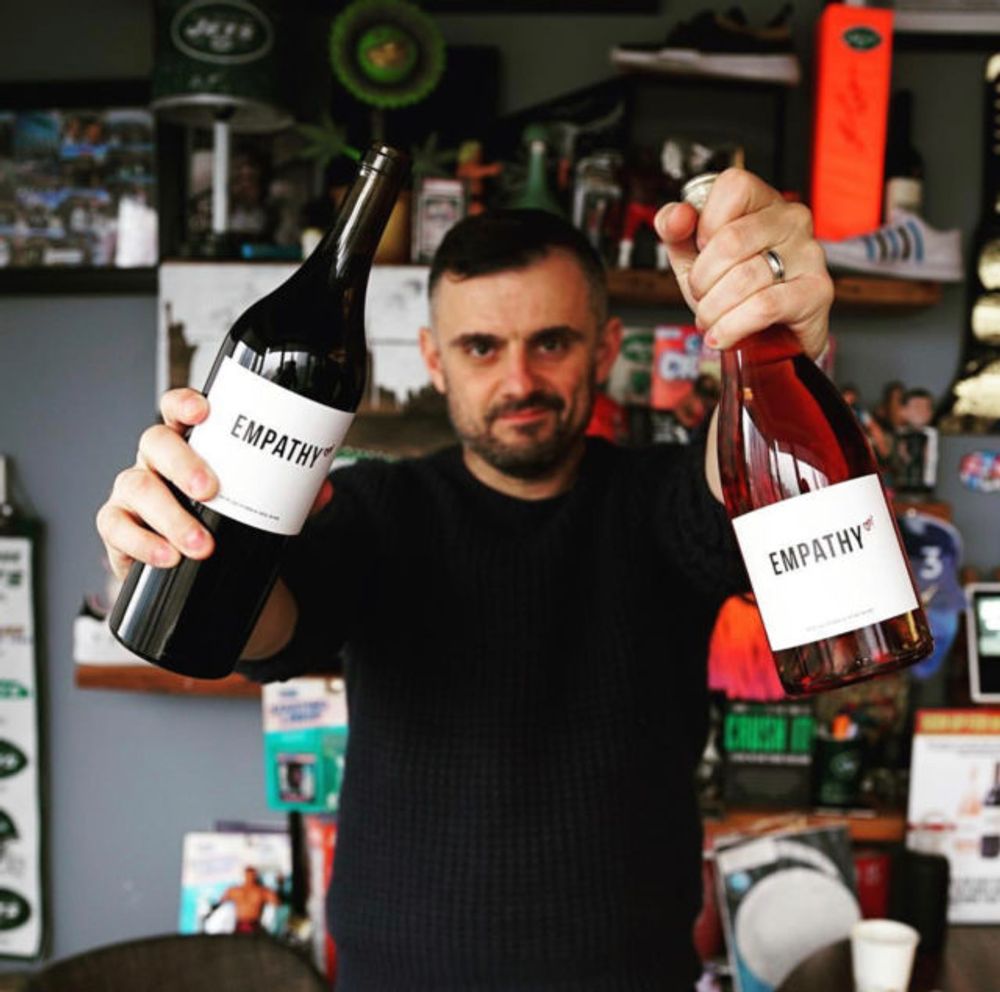
Gary Vaynerchuk has returned to wine with his own “disruptive” DTC wine model
It’s probably why Gary Vaynerchuk is prepared to concentrate a little less on his multi-million dollar social media consultancy to return to wine and what he calls his own “disruptive” version of what looks like a classic DTC wine company, Empathy. But he sums up the mood and why the DTC market is only going to get bigger when he explains the reasons why he is going back into the wine market: “Old school laws and antiquated business models have forced wine lovers to unnecessarily pay too much for great wine. Empathy is able to produce and ship high quality wines directly to consumers who would otherwise pay double the price at their local retailer.”
On the Empathy website it spells out in so called problem with the traditional wine market and why DTC is so much better for the growers, producer and consumer. As it says: “Wineries sell to distributors. Distributors then sell to retailers. Retailers then sell to You. That’s a lot of layers and it’s the wallets of the distributors and retailers that get the fattest, by charging you big mark ups on every bottle. Plus the story of so many great farmers is drowned out along the way. We started Empathy Wines as an alternative. We’re a winery circumventing the traditional channels.”
Which might also be circumventing what a traditional winery is, but you get the picture. The key here is if someone of the profile and communication skills of Gary Vaynerchuk is getting into the DTC wine market, then we can only expect to see the dial get turned and ratcheted up even more.
Opportunity for major brands
The biggest brands are already well on top of the DTC opportunity. Nike, for example, predicts its DTC sales will grow by 250% in the next five years. With sales up to $16 billion by 2020, a massive increase of $6.6 billion in 2015. Much of that growth is coming from outside the US, with China accounting for 31% of Nike’s DTC growth last year, followed by 21% from Latin America and Asia Pacific and 21% in Europe.
So called legacy brand owners can see the attraction of moving more towards DTC as they can shine the light on certain brands and make them far more of a “hero” product than they can just sitting on a retailer’s shelf. Mondelez, the global snacks company and owner of Cadbury’s, says it is excited by DTC as it “allows us to pursue single-item retailing as an occasion in itself and takes our brands into a new space that we wouldn’t normally have done”.
You can also see why DTC would appeal to a traditional household brand used to having to work through the normal buying and selling process with a major retailer. DTC cuts all that out.
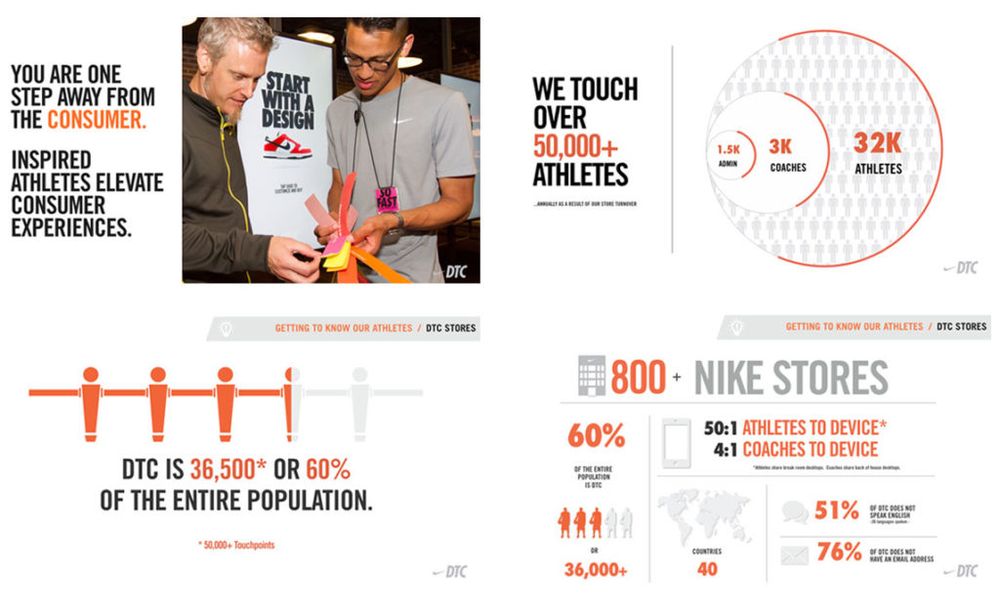
Now big brands like Nike are going DTC we can expect to see so many more household names to do the same
It allows you to control your brand 100%. How it looks, the brand message and how you choose to promote it online. It also allows brand owners to engage with their customers far more and build ‘experience’ into buying their products, arguably for the first time. It also gives them direct access to consumer information and their spending behaviour. Plus there are none of those hard negotiations to go with the retail buyers. So what’s not to like?
But then it’s not as easy all that. To succeed in DTC you have to be technical wizards as well as masters of your own product. You need to know how Amazon, Facebook and Instagram actually work. What makes them click. What are the algorithms that switch sales and consumer interest? Then there is mobile and understanding how the whole smart economy works and how you make your DTC offer completely mobile friendly. Not to mention being on top of digital search and ensuring your brands and DTC offers come up on Google.
You also need to become a publisher and be committed to pushing out relevant content to your target audience on a regular basis. There is no point doing all the work behind the scenes if you are not standing on top of your building shouting out to the world what you are doing.
Switch in power

Traditional supermarkets are having to cut back expansion plans due to competition from online and DTC
In most major wine markets around the world the pendulum of power is slowly beginning to switch away from the major multiples. But crucially the market share they are losing is being spread across a number of channels, particularly online and DTC.
A key factor in all this, is not just that consumers want the ease of having products delivered direct to them. It is far cheaper too. In the UK, for example, the IGD’s latest grocery channel report claims shoppers will remain extremely price sensitive until at least 2024.
Which is why the major supermarkets are really feeling the pinch. The IGD predicts in the next five years the market share of the major supermarkets will drop from 46.5% in 2019 to 42.6% in 2024, with only 3.1% overall growth. It will be the first time since supermarkets have been so dominant that we we would see their collective market share drop so significantly.
Noticeably the IGD expects to the majority of future growth, up to 12.4% coming from other channels up to 2024. The fastest of which will be online which is set to increase by 43.8% over the next five years, up from £11.6bn to £16.7bn. It’s a similar story in the US where e-commerce has 13% share of the grocery market, but accounts for 49% of all retail growth.
The fastest online growth will come from dynamic subscription, meal box and delivery operators. All major DTC players. Again we are following in the US footsteps where over 30m US consumers now have a number of subscription box services, compared to 5m in 2014.
Wine has always been a strong area for subscriptions models and direct to consumer. The Wine Society is arguably one of the first DTC models anywhere in the world, and major wine companies like Laithwaite’s (celebrating 50 years) and Naked Wines are all based on getting their DTC service right.

The Wine Society has been serving its customers direct since 1874
Right place, right time
In many ways it makes perfect sense that DTC will become increasingly significant for all sectors of the wine industry. It goes hand in hand and is best placed to benefit with the huge advances taking place in technology. Particularly around machine learning and being able to provide people with an even more personalised, fast track, on demand service.
Amazon has shown what is possible with one click, personalised marketing online. But for all its success it is largely more of a transaction than an emotional, engaging experience. That is where DTC has the biggest opportunities in the future. To make online shopping truly dynamic. Enhanced by more effective use of augmented reality and voice.
Which is where wine has the chance to shine. After all it is one of the best placed categories to benefit as it has so many back stories to tell, direct from vineyards and winemakers all over the world.
DTC does not need to 100% online either. There are opportunities for retailers to use DTC to gain added trust and loyalty from their customers by offering them subscription services that add to whatever they might be spending in their stores.

Majestic’s Lock It In scheme is a good example of a traditional retailer using DTC to build loyalty and committed spend from its regular customers
We can expect, for example, to see the new, revamped Majestic move further into DTC. It has already been trialling and looking to roll out subscription services to its customers. Its new ‘Lock It In’ scheme whereby customers can get long term discounted prices, up to 33%, on their favourite wines, works on a subscription model whereby you receive a case of those wines over a chosen period of times a year. But it is through the store where you will have most likely first seen the wines, or had a chance to taste them on the tasting counter.
It also, crucially, ties in fickle wine consumers to spend more, a lot more, with Majestic and gives the business considerable cash flow up front. But it also gives Majestic access to their spending behaviour, which, in turn, allows it to understand even more about their wine buying habits and needs. Information it can then use to build more personal, engaged relationships with consumers, online, by email and smartphone, who only a few years ago it knew little, if anything, about.
Those brands, producers, distributors and retailers that can make DTC work will not only have potentially lots of new customers, they will suddenly be given access to all this shopping data too, giving them the chance to connect, engage and talk to them in ways not possible before.
California is already showing what can be done. It won’t be long before the rest of the global wine and wider drinks industry starts to make DTC a priority too. And those national account managers might need to be looking for a new job.
- This is an extended and adapted article that was first published on VINEX the bulk and bottle wine trading exchange.
